Ryukyu Kingdom exploration ~American writer's gaze~
Home > Visitor’s Guide > Ryukyu Kingdom exploration ~American writer's gaze~
Ryukyu Kingdom exploration ~American writer's gaze~
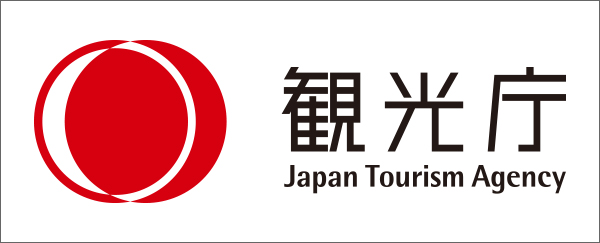 This English-language text was created by the Japan Tourism Agency.
This English-language text was created by the Japan Tourism Agency.
Shuri Castle and the Kingdom of Ryukyu
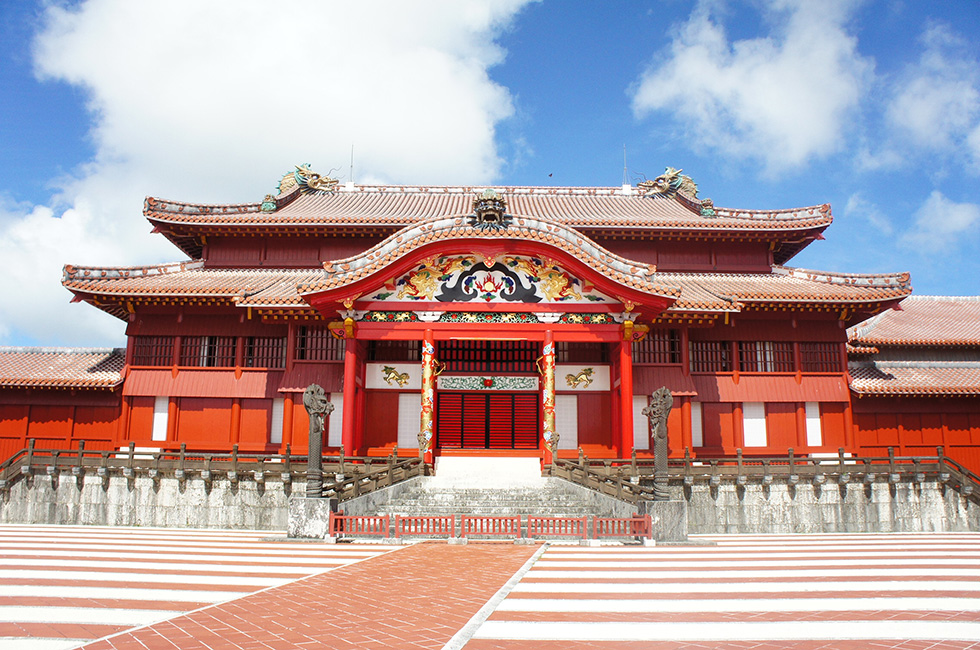
Shuri Castle is the greatest architectural monument of the Second Sho Dynasty of the Kingdom of Ryukyu, which lasted from 1469 to 1879. While a castle is believed to have existed on the site even earlier, it was under the dynasty’s rule that its size and importance greatly expanded.
...Full Text
Ayajo Ufumichi・Chuzanmonato
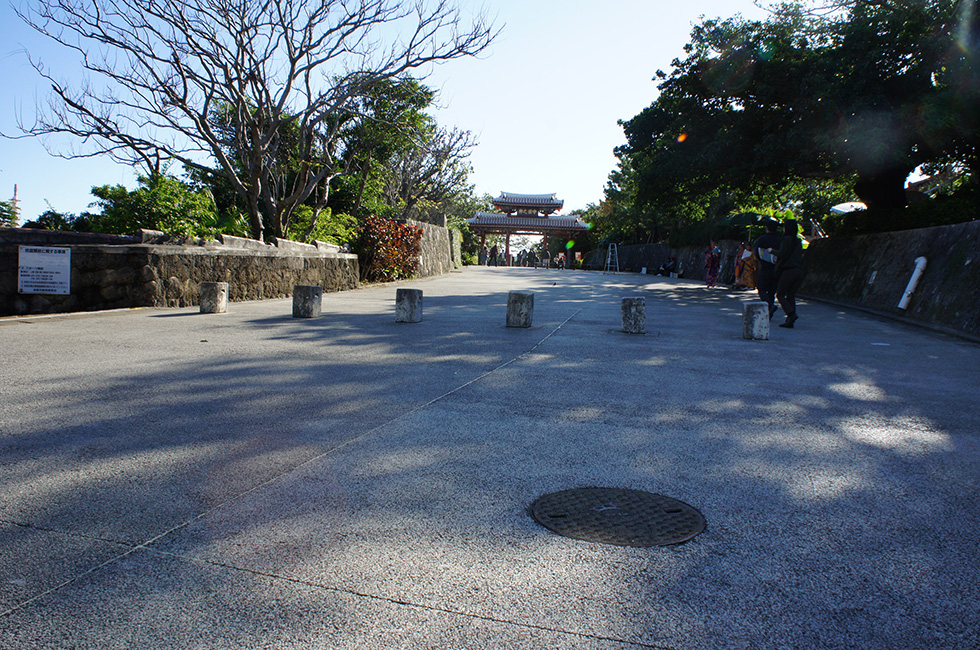
The main avenue of approach to Shuri Castle was known as the Ayajo Ufumichi, “Road to the Beautiful Gate.” It ran east to west for about 500 meters from the Chuzanmon Gate to the Shureimon Gate, and has been called the “golden mile of Ryukyu” by some historians.
...Full Text
Shureimon Gate
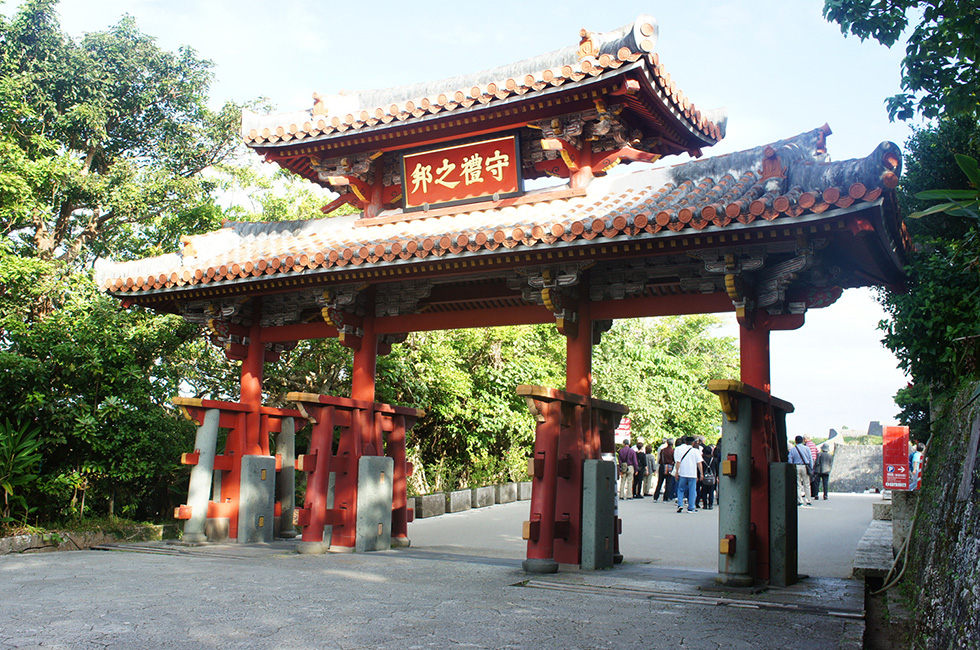
The Shureimon is a ceremonial, Chinese-style polychrome wooden gate located very close to Shuri Castle. It was built by the order of King Sho Sei between 1527 and 1555, and is one of the most famous and widely recognized symbols of Okinawa.
...Full Text
Site of the Seiden Main Hall [World Heritage Site]
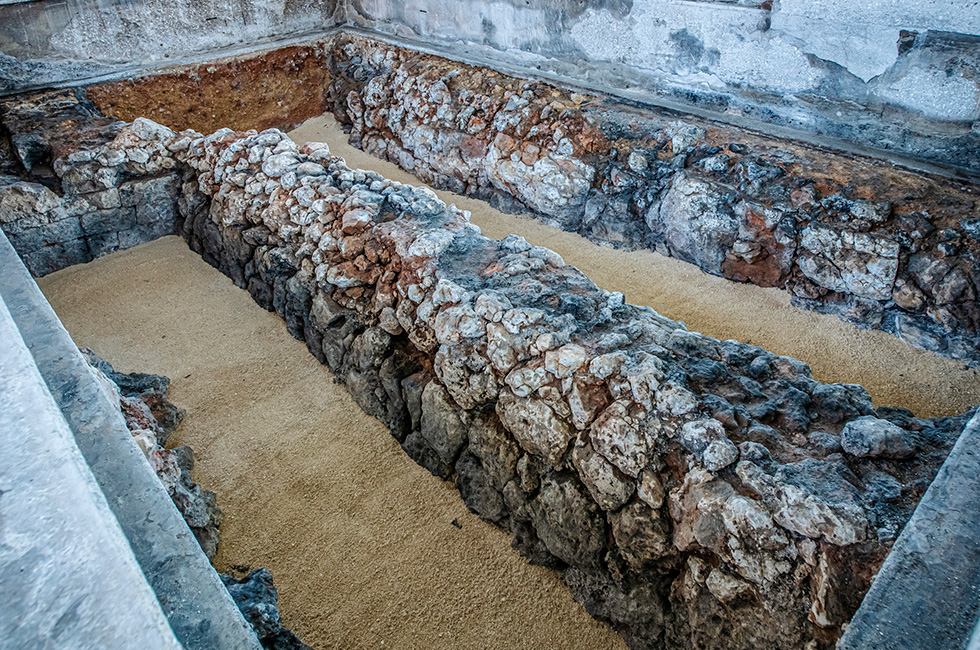
The Seiden was the main palace structure within Shuri Castle. Built as the focal point of the broad ceremonial Una courtyard, it formed an architectural ensemble with the large formal buildings flanking it on either side that were used for receiving envoys from China and Japan.
...Full Text
Ouchibara
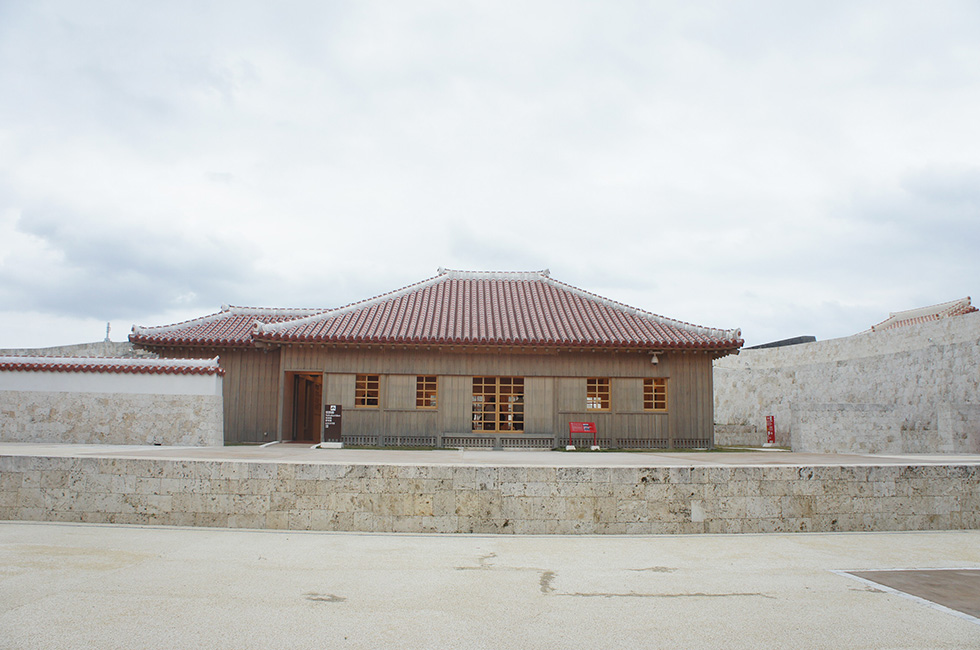
The Ouchibara (inner field) was largely designed as residential space to support the daily lives of the royal family, including eating, sleeping, education, cultural training, and leisure.
...Full Text
The Agari no Azana
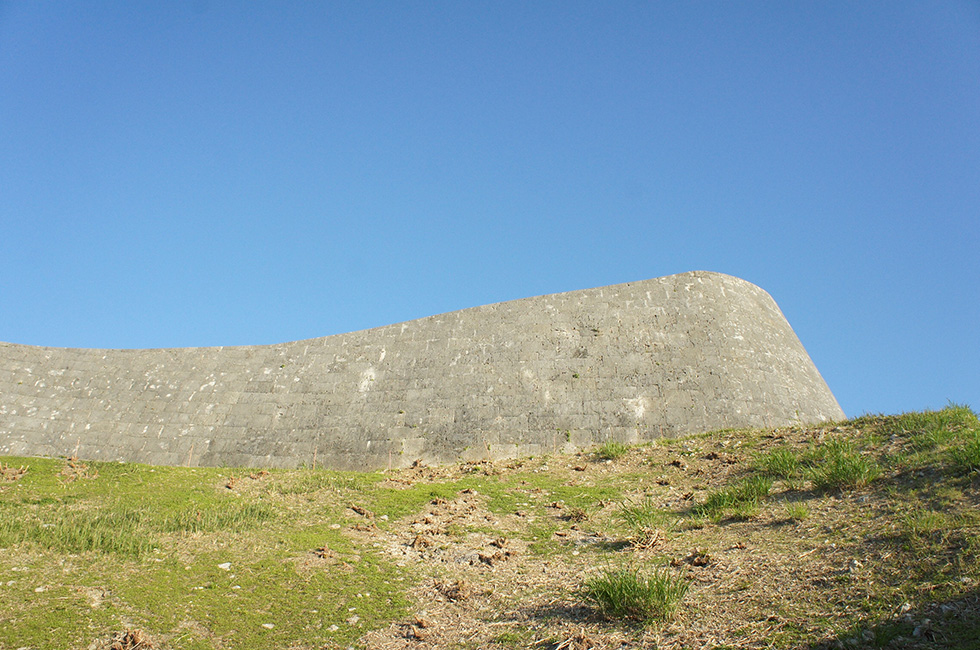
The Agari no Azana (eastern lookout) is an observation post built atop the easternmost edge of the inner wall of Shuri Castle.
...Full Text
Zenikura
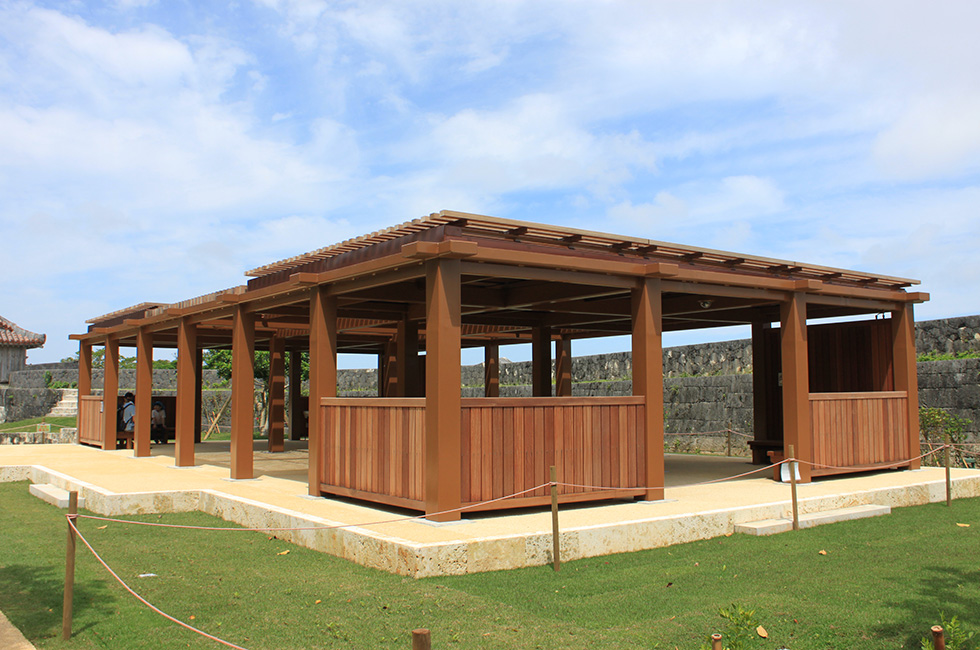
The Zenikura (money storehouse) was one of a number of buildings that stood in the space between the inner and outer castle walls near the Kyukeimon Gate, one of the main entrances of the castle.
...Full Text
Enkakuji Temple
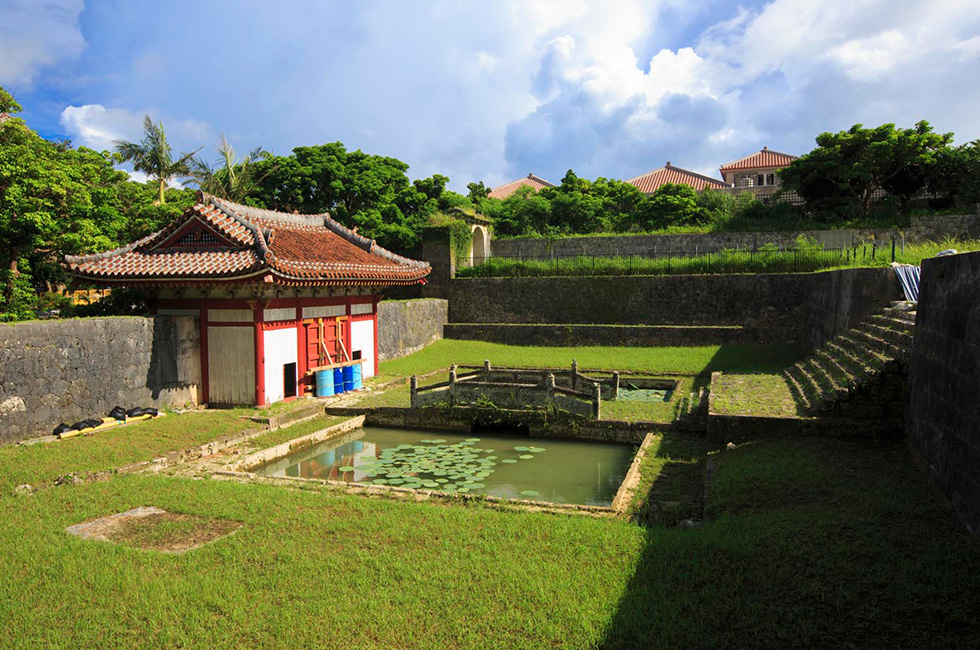
Enkakuji was a Buddhist temple located just outside the northern walls of Shuri Castle, sometimes referred to as Tentokuzan. Founded by King Sho Shin in 1492 as the family temple of the Second Sho Dynasty, it was the head temple of the Rinzai Zen Buddhist sect in the kingdom.
...Full Text
Enkanchi Pond and Bezaitendo
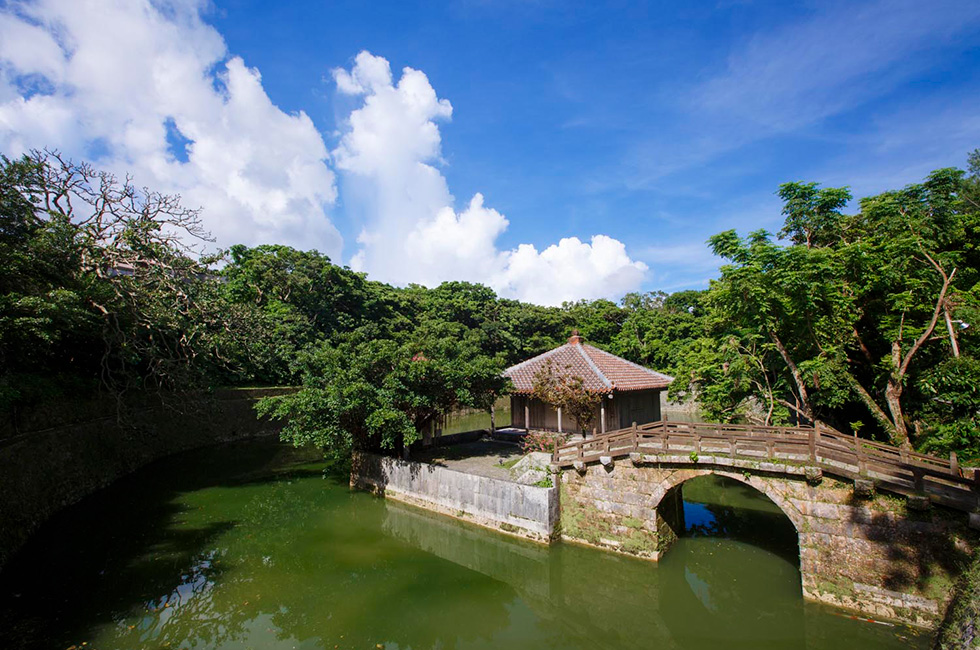
Enkanchi Pond is a reservoir with stone walls located immediately outside Shuri Castle’s northern wall. Constructed in 1502, it is part of a gravity-fed system designed to collect water from natural fresh water sources at the castle and transport it to the Ryutan Pond below.
...Full Text
Ryutan
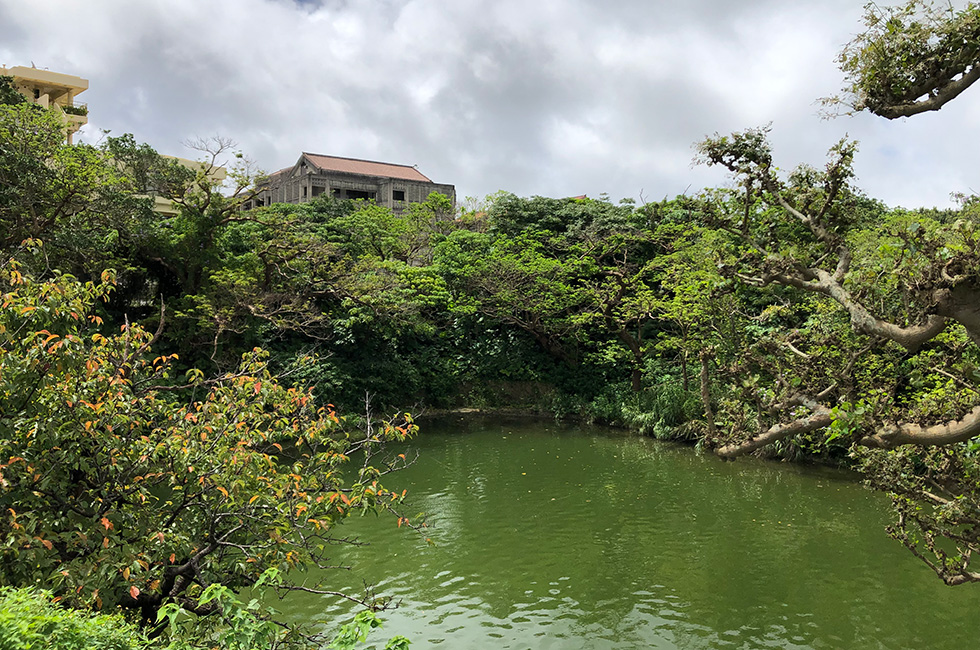
Kaiki, a Chinese-born Ryukyuan court official, was ordered by King Sho Hashi to direct the construction of the large pond called Ryutan (Dragon Depths) in 1427. It is located on a flat portion of the slope below Shuri Castle, and the site was primarily used for the entertainment of Chinese envoys.
...Full Text
32nd Army Underground Headquarters
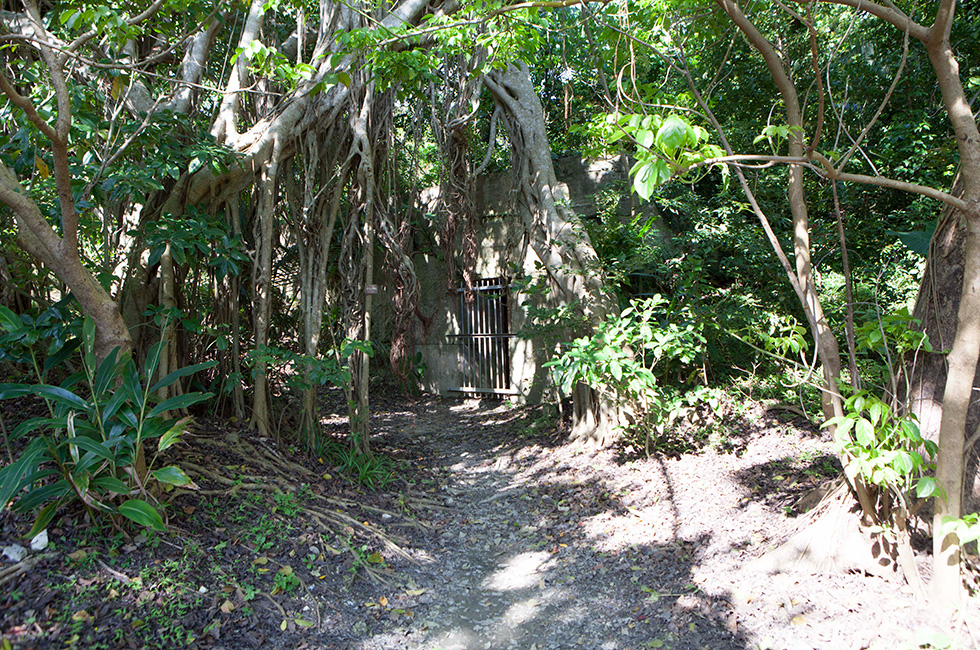
The 32nd Army Underground Headquarters (32nd Gun Shirei Bugo) is a series of tunnels underneath Shuri Castle that were constructed during World War II by the Japanese Imperial Army in preparation for the invasion of Okinawa by US Forces.
...Full Text
Madamamichi
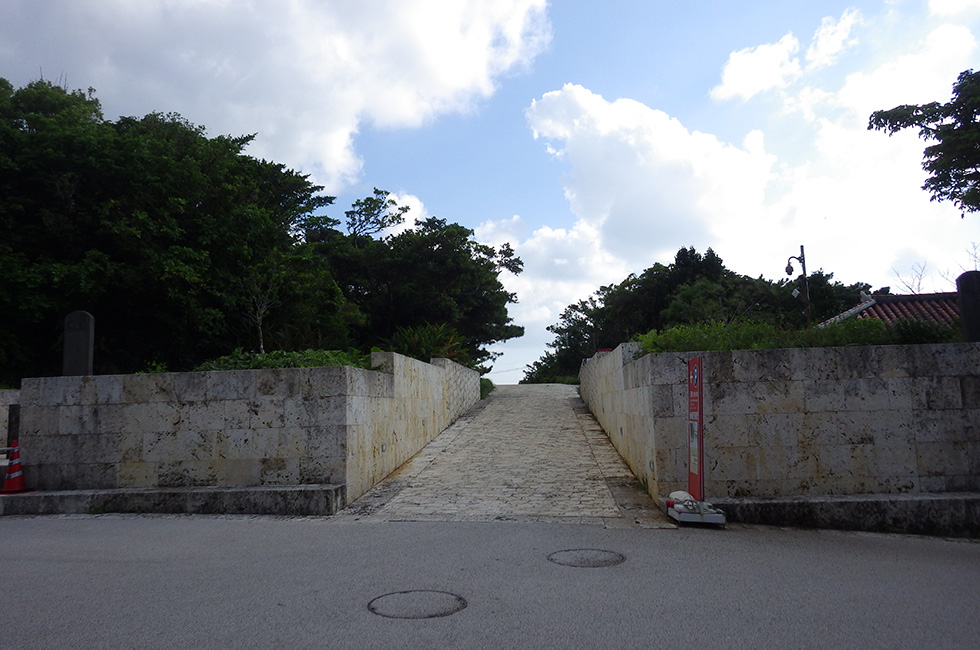
Madamamichi (Pearl Road) is an important historical route that began near the Shureimon Gate. The name comes from its appearance: a neatly paved surface made of closely fitted Ryukyu limestone blocks that gleamed white when first constructed in 1522.
...Full Text
Archeological Site of Nakagusuku Udun
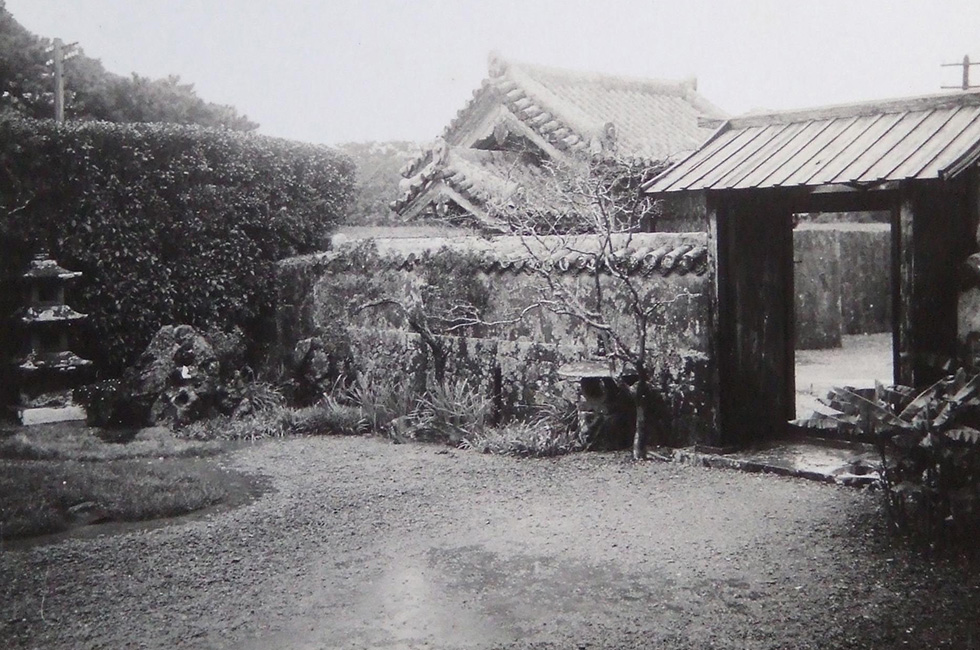
Nakagusuku Udun was a large villa built as a palace for the crown prince of Ryukyu. With its size, quality, and prominence, Nakagusuku Udun was a superb embodiment of Ryukyuan architectural design synthesis and originality.
...Full Text
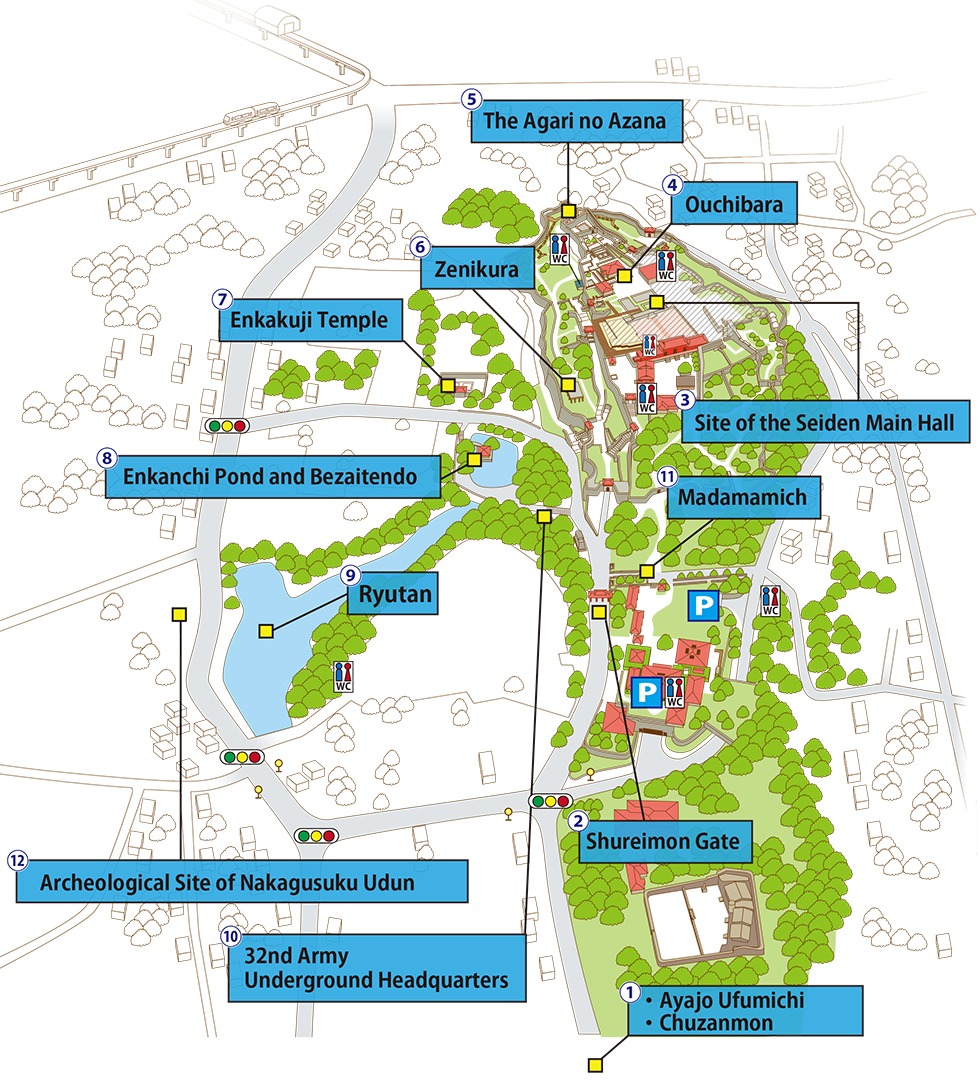
© Shurijo Castle Park All Rights Reserved.


